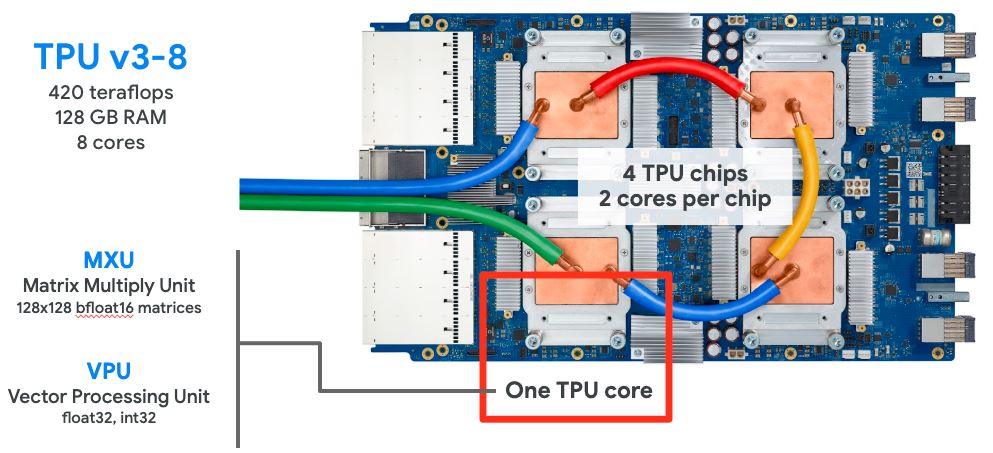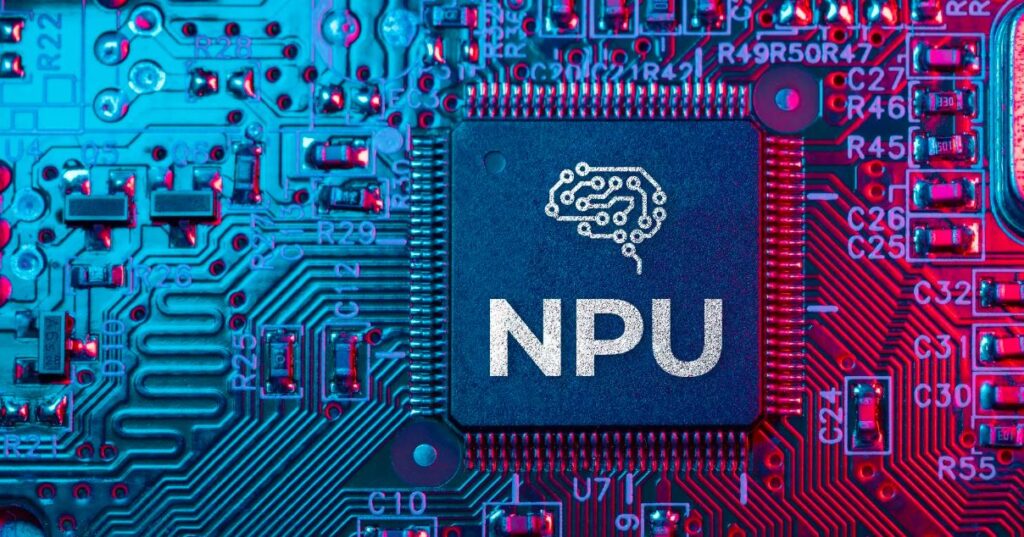CPU (Central Processing Unit)
The central processing unit (CPU) of a computer is sometimes referred to as the “brain” of the device. The majority of the work that takes place inside a computer is carried out by it. It is responsible for handling fundamental instructions and managing activities like as arithmetic, logic, control, and input/output operations. In addition to being responsible for the operation of the operating system, applications, and other things, it handles activities that are universal in nature.

How It Works:
Fetch: The central processing unit (CPU) is responsible for retrieving (fetching) instructions from the memory of the computer.
Decode: It deciphers the instructions in order to comprehend what actions are required to be taken.
Execute: Whether it be arithmetic computations, data transmission, or logical processes, the commands are carried out by the central processing unit (CPU).
Store: When the results are processed, they are saved in the memory or registers of the computer.
GPU (Graphics Processing Unit)
The graphics processing unit (GPU) is a specialized processor that was developed to speed up the rendering of visuals. It performs very well when it comes to handling tasks that need parallel processing, which makes it absolutely perfect for rendering animations, movies, and photos. The use of graphics processing units (GPUs) is essential for activities that demand a significant amount of computing, such as video editing, gaming, and, more recently, workloads related to machine learning and artificial intelligence (AI).

How It Works:
Parallel Processing: In order to produce visuals in a speedy and effective manner, the graphics processing unit (GPU) is equipped with hundreds of tiny cores that collaborate with one another to conduct several computations simultaneously.
Graphics Rendering: It takes instructions from the central processing unit (CPU) and converts them into visuals that are shown on the screen. It also analyzes and produces visual data. A number of activities, including shading, texture mapping, and polygon rendering, are handled by it.
General-Purpose Computing: As a result of their capacity to perform parallel processing, modern graphics processing units (GPUs) are also used for activities that are not related to visuals, such as machine learning, scientific simulations, and cryptocurrency mining.
TPU (Tensor Processing Unit)
The Tensor Processing Unit, or TPU, is a specialized sort of processor that was developed by Google primarily for the purpose of speeding machine learning operations, particularly those tasks that include neural networks and deep learning. Tensor processors are named after the fact that they are designed to handle large-scale tensor operations, which are the mathematical calculations that are at the core of machine learning methods. This is where the word “Tensor” originates from.

How It Works:
Optimized for Machine Learning: There are a variety of computations that are used in the process of training and operating machine learning models. These calculations include matrix multiplications and operations on tensors, which are multi-dimensional arrays. TPUs are designed to efficiently do these calculations.
High Throughput: Since TPUs are intended to process enormous volumes of data at a rapid pace, they are well suited for the processing of the vast datasets that are often used in the training of artificial intelligence.
Energy Efficiency: When compared to conventional central processing units (CPUs) and graphics processing units (GPUs), they are also tuned for power efficiency, which enables quicker calculation while using less energy.
NPU (Neural Processing Unit)
The neural processing unit (NPU) is a processor that was developed primarily to perform activities related to artificial intelligence and machine learning in a more effective manner than a central processing unit (CPU) or a graphics processing unit (GPU).
Deep learning operations, such as those involved in image recognition, natural language processing, and other applications of artificial intelligence, are the focus of NPUs, which are optimized for deep learning. It is usual to find them in mobile devices such as smartphones, driverless cars, and other gadgets that need artificial intelligence capacity.

How It Works:
AI-Specific Tasks: The sorts of calculations that are used in artificial intelligence, including as matrix multiplications and vector operations, are optimized for the utilization of NPUs. Some examples of deep learning models, such as convolutional neural networks (CNNs), often do these tasks.
Parallel and Optimized Processing: NPUs, which are similar to GPUs, are able to handle several processes simultaneously. NPUs, on the other hand, are developed with the express purpose of enhancing the performance and increasing the power efficiency of AI workloads.
On-Device AI: It is common to find neural processing units (NPUs) in mobile devices, smart home appliances, and autonomous cars. These NPUs provide these devices the ability to carry out artificial intelligence tasks such as image recognition, natural language processing, and real-time decision-making locally, without the need to depend on cloud computing.
[WPSM_AC id=22164]
Read more:- What things should check when get a new laptop?

Hi, I’m Narinder Kumar, founder of BlogsBuz.com. I create articles and generate celebrity biographies, providing verified, up-to-date content. As an SEO expert and online tools creator, I also share practical tips on making money online, finance management, blogging, and passive income. My mission is to provide accurate information and keep you away from fake content, ensuring you stay well-informed and make smart decisions online.

